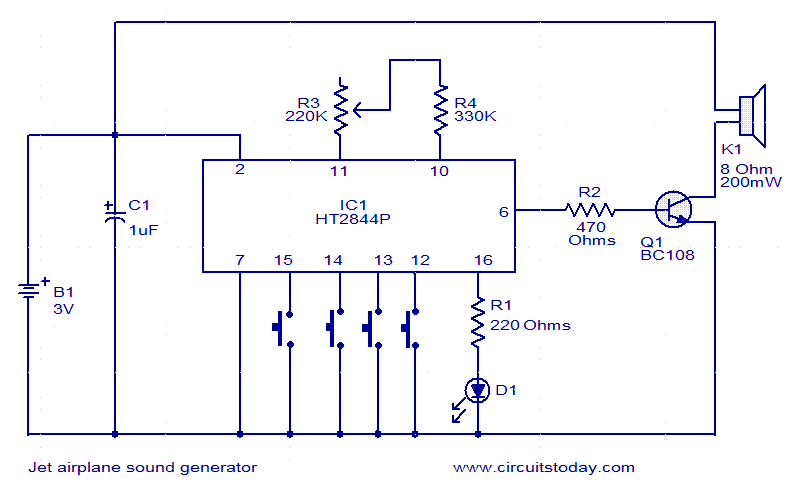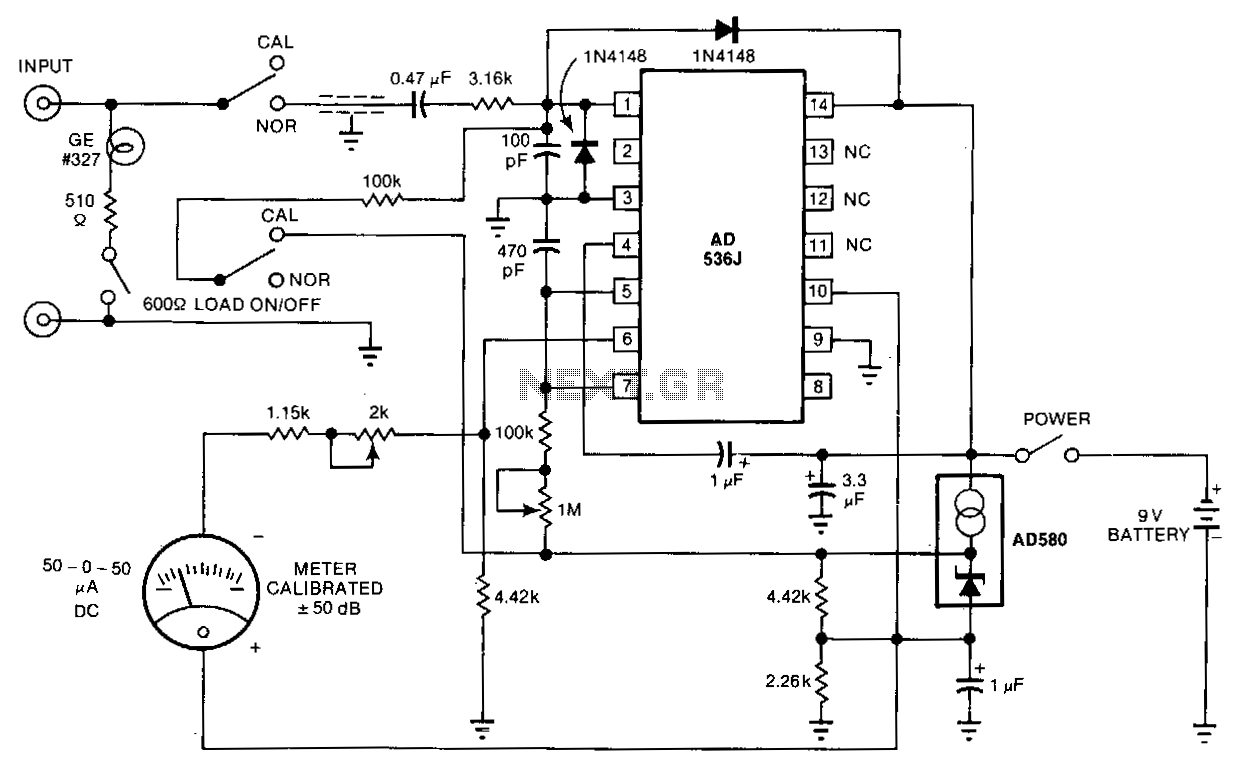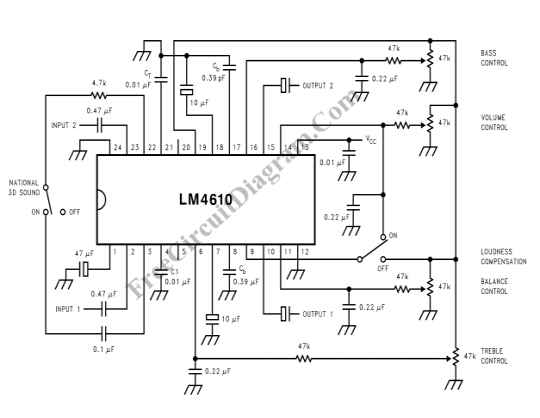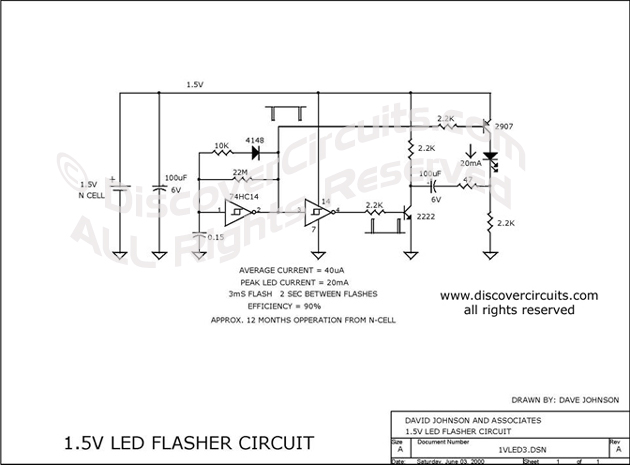
Sound Trigered Camera flash

If you wish to take a picture of a fleeting event which generates a sound, you can do it with this sound activated trigger. It does not require any power supply: it feeds on the high voltage available on the flash trigger terminal. Any economic ceramic microphone is suitable for the purpose. The 68nF capacitor introduces a small delay in the operation of the flash and may help in getting the picture in exactly the right moment although you should expect to take several shots for best results. More: With this circuit you will be able to catch a cork leaving the champagne bottle or the moment a balloon is punctured. The whole circuit could be assembled in the mike housing making a very compact device.
This sound-activated trigger circuit is designed to capture rapid events, such as the popping of a cork or the puncturing of a balloon, by utilizing the sound generated during these moments. The circuit operates without an external power supply, drawing energy directly from the high-voltage flash trigger terminal of a camera. This feature makes it particularly advantageous for portable applications, as it eliminates the need for batteries or additional power sources.
The core component of this circuit is an economical ceramic microphone, which serves as the sound sensor. When a sound is detected, the microphone converts acoustic energy into an electrical signal. This signal is then processed by the circuit to trigger the camera's flash mechanism. The inclusion of a 68nF capacitor is a critical design element; it introduces a slight delay in the flash operation. This delay is beneficial in ensuring that the camera captures the moment with precision, as it allows for a brief period to elapse after the sound is detected before the flash is activated.
For optimal performance, it is advisable to conduct multiple trials, as the timing of the flash may need to be adjusted to perfectly coincide with the event being photographed. The compact nature of the circuit allows it to be integrated directly into the microphone housing, making it an unobtrusive addition to photography equipment. This integration not only enhances portability but also simplifies the setup process, allowing users to easily transport and deploy the device as needed.
Overall, this sound-activated trigger circuit represents an innovative solution for capturing transient events, providing a simple yet effective means of synchronizing a camera's flash with sound stimuli.If you wish to take a picture of a fleeting event which generates a sound, you can do it with this sound activated trigger. It does not require any power supply: it feeds on the high voltage available on the flash trigger terminal.
Any economic ceramic microphone is suitable for the purpose. The 68nF capacitor introduces a small delay in the operation of the flash and may help in getting the picture in exactly the right moment although you should expect to take several shots for best results. With this circuit you will be able to catch a cork leaving the champagne bottle or the moment a balloon is punctured. The whole circuit could be assembled in the mike housing making a very compact device. 🔗 External reference
This sound-activated trigger circuit is designed to capture rapid events, such as the popping of a cork or the puncturing of a balloon, by utilizing the sound generated during these moments. The circuit operates without an external power supply, drawing energy directly from the high-voltage flash trigger terminal of a camera. This feature makes it particularly advantageous for portable applications, as it eliminates the need for batteries or additional power sources.
The core component of this circuit is an economical ceramic microphone, which serves as the sound sensor. When a sound is detected, the microphone converts acoustic energy into an electrical signal. This signal is then processed by the circuit to trigger the camera's flash mechanism. The inclusion of a 68nF capacitor is a critical design element; it introduces a slight delay in the flash operation. This delay is beneficial in ensuring that the camera captures the moment with precision, as it allows for a brief period to elapse after the sound is detected before the flash is activated.
For optimal performance, it is advisable to conduct multiple trials, as the timing of the flash may need to be adjusted to perfectly coincide with the event being photographed. The compact nature of the circuit allows it to be integrated directly into the microphone housing, making it an unobtrusive addition to photography equipment. This integration not only enhances portability but also simplifies the setup process, allowing users to easily transport and deploy the device as needed.
Overall, this sound-activated trigger circuit represents an innovative solution for capturing transient events, providing a simple yet effective means of synchronizing a camera's flash with sound stimuli.If you wish to take a picture of a fleeting event which generates a sound, you can do it with this sound activated trigger. It does not require any power supply: it feeds on the high voltage available on the flash trigger terminal.
Any economic ceramic microphone is suitable for the purpose. The 68nF capacitor introduces a small delay in the operation of the flash and may help in getting the picture in exactly the right moment although you should expect to take several shots for best results. With this circuit you will be able to catch a cork leaving the champagne bottle or the moment a balloon is punctured. The whole circuit could be assembled in the mike housing making a very compact device. 🔗 External reference





